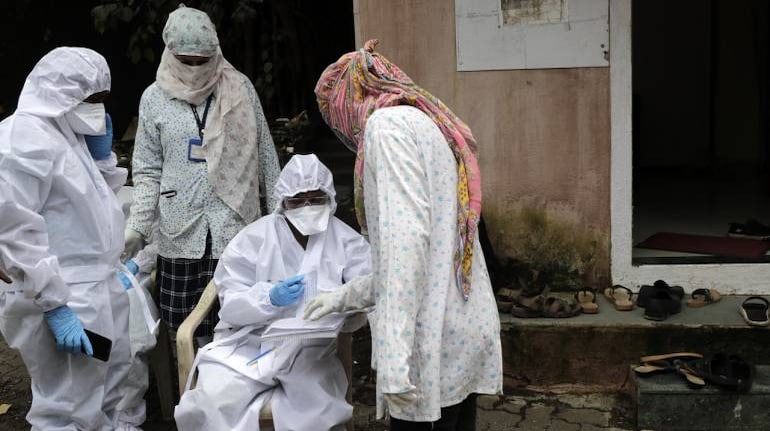The death toll rose to 80,776 with 1,054 more people succumbing to the infection. The case fatality rate stands at 1.64 percent, according to the ministry data.
India's novel coronavirus tally crossed 49 lakh on September 15, with 83,809 new cases, while38.59 lakh people have recuperated so far, taking the recovery rate to 78.28 percent, the Health Ministry said.
The death toll rose to 80,776 with 1,054 more people succumbing to the infection. The case fatality rate stands at 1.64 percent, according to the ministry data.
Coronavirus India News LIVE Updates
There are 9,90,061active cases of the coronavirus disease (COVID-19), comprising 20.08 percent of the total 49,30,236 cases, it said.
According to the Indian Council of Medical Research, 5.83 crore tests have been conducted so far and 10.73 lakh samples were tested on Monday.
Follow our full coverage of the COVID-19 pandemic here.
(With PTI inputs)

_2020091018165303jzv.jpg)






